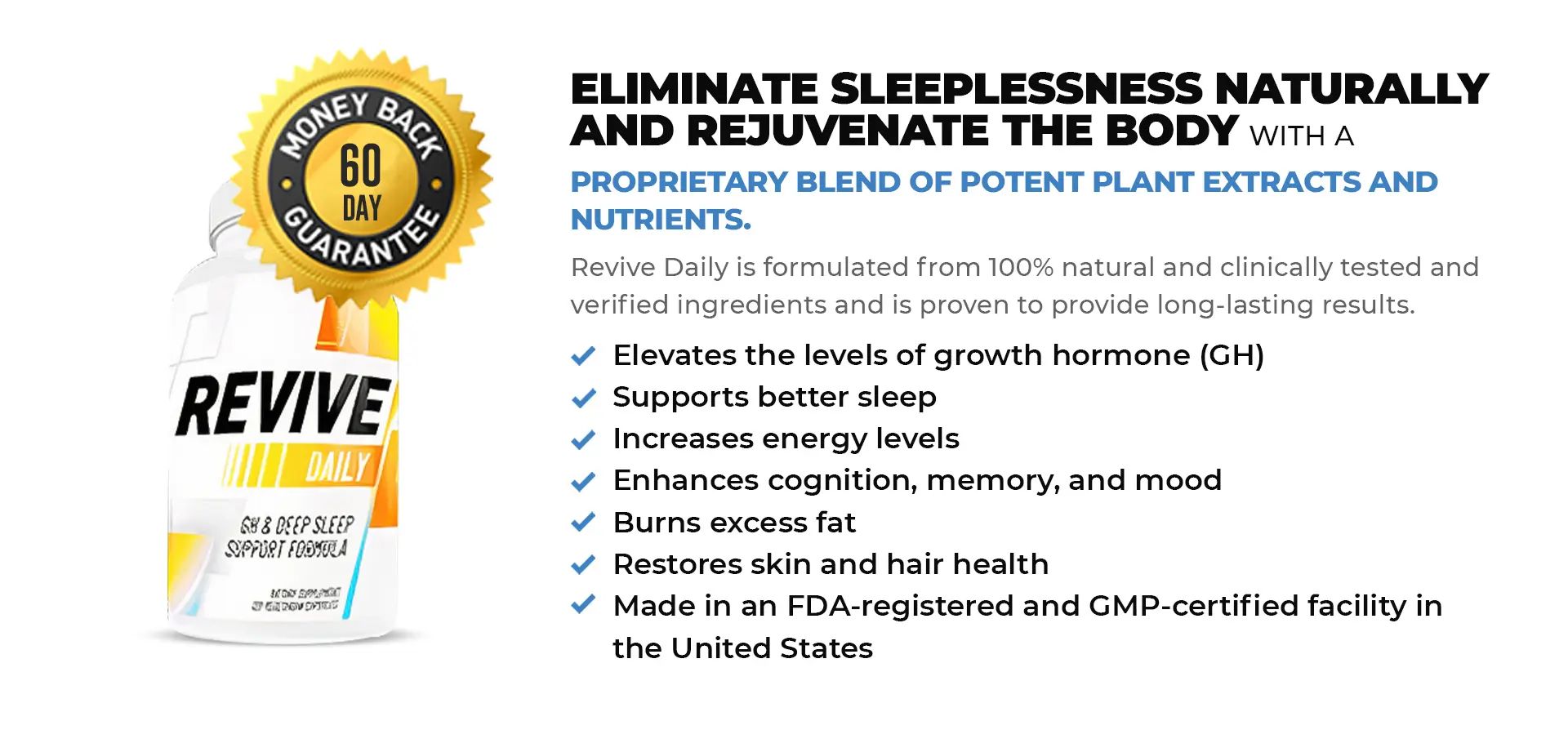Eating well on a tight budget
Just about everyone wants to eat better, but budgetary constraints sometimes make healthy eating a difficult goal. It is important, however, to buy the healthiest food you can afford, whether you are cooking only for yourself or for a growing family.
One fun and easy way to cook healthy food while still saving money is to grow your own herbs and spices. Unlike a vegetable garden, which can take up lots of space and involve a lot of work, a simple herb garden can be easily grown on a windowsill or a similarly small space. There are kits available for just a few dollars that contain the seeds, pots, and other items needed to start an herb garden, or you can save even more money by buying the seeds and planters yourself.
Cooking with herbs and spices is a great way to enjoy healthy cooking on a budget. Spices and herbs are a great way to flavor dishes without the need for heavy sauces, butter, or other high-fat preparations. Growing your own herbs give the grower a great deal of control over those herbs. This is important since many prepared herbs and spices contain large amounts of sodium.
Local Grocery
Another excellent way to save money while still eating a healthy diet is to buy fresh fruits and vegetables when they are in season in your local area. Buying locally grown produce is often the best way to guarantee freshness and quality, and in-season produce is generally less expensive since it does not need to be shipped hundreds or even thousands of miles.
Watching the sales at the local grocery stores is important to everyone, but it is particularly important to those who are trying to eat right on a limited budget. Using grocery store sales to stock up on such important staples as whole grain cereals, loaves of bread, and whole wheat flour is a great way to make even the most limited food budget stretch a bit further.
Using coupons is another great way to make a food budget stretch. Cutting coupons is a great way to save money on products you already buy, as is signing up for various frequent buyer programs and other money-saving opportunities.
In addition to manufacturers’ coupons, many grocery store chains offer customer loyalty cards which allow their customers to save money on products they buy regularly. These grocery store loyalty programs often print coupons for products customers have bought in the past, and they can be great ways to save significant amounts of money. Since most of these programs are free, there is really no downside to their use.
Stocking up on meats, seafood, and poultry during store sales is another great way to save significant amounts of money. Buying a second-hand chest freezer may be a good investment, particularly for those people with large families to feed. Having a large freezer space allows customers to take advantage of grocery store sales and stock up on chicken, beef, lamb, and fish when they are on sale.
Careful meal planning is another great way to save money while still providing healthy meals for yourself and your family. Planning meals well ahead of time allows you to take advantage of what is already in your freezer in order to create delicious, nutritious meals without spending any additional money.
One great thing about most fruits, vegetables, and beans is their low cost. Another great feature of these staples is their high nutritional value. Combining these two important features is a great way to make your budget stretch while providing your family with nutritious, healthy foods.
For instance, why not make that expensive skirt steak go further by interspersing chunks of expensive beef with chunks of inexpensive pineapples or green peppers? Not only will you get twice as much food for your money, but you will enjoy a healthier meal as well.
No matter what strategies you choose to make your food budget stretch when cooking healthy meals, we think you will find that cooking healthy is worth any sacrifice it may require. Healthy cooking will pay big dividends in increased health and fitness, as well as increased energy levels.
DISCLAIMER:
This information is not presented by a medical practitioner and is for educational and informational purposes only. The content is not intended to be a substitute for professional medical advice, diagnosis, or treatment. Always seek the advice of your physician or other qualified healthcare providers with any questions you may have regarding a medical condition. Never disregard professional medical advice or delay in seeking it because of something you have read.
Since natural and/or dietary supplements are not FDA-approved they must be accompanied by a two-part disclaimer on the product label: that the statement has not been evaluated by FDA and that the product is not intended to “diagnose, treat, cure or prevent any disease.”





